If you want to know about the site analysis or staircase design or cluster planning for housing, please click the link.
Site selection is the first step in construction of a house for residential use. Since a house is an asset for a lifetime for most people, adequate attention needs to be paid to the plot on which the house is to be built.
Moreover, if one is able to select a site which satisfies a majority of the pre-requisites, it means the work is almost half done. Because, if the selected site is not per the requirements, it could result in a lifetime of unpleasantness or dissatisfaction that money has been wasted.
Careful attention needs to be paid to each and every aspect before a decision is made and a site is selected. Even after careful consideration, if one is not fully satisfied with the site, construction of house should not be attempted, as, it would only compound the faulty decision and probably multiply the displeasure.
It hence emerges that selecting a suitable site is very crucial for construction of a house.
1) Physical Features (Factors)
The physical features that are desirable in a site are…
- Topography
- Elevation
- Shape and Size of the site
- Nature of soil
- Vegetation
- Access to road
- Ground water table and
- Vaastu.
i) Topography

- Topography refers to the location of the site in terms of the slope of the site in relation to the road.
- The slope should be in such a way that it is towards the road and away from the site.
- This would facilitate a proper drainage of rain/wastewater. If the slope is towards the site and away from the road, the rain/wastewater would stagnate on the site and lead to mosquito menace.
ii) Elevation
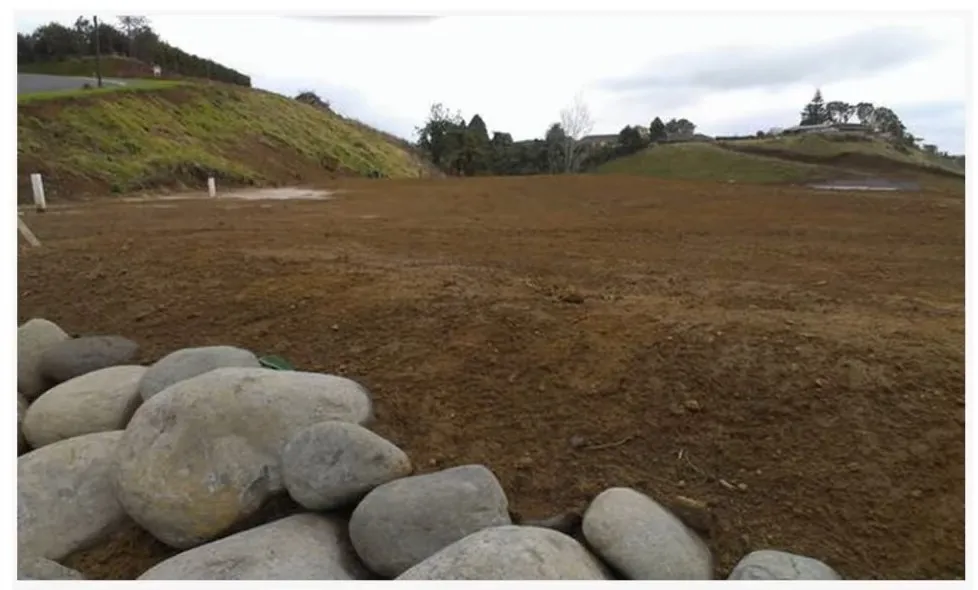
- The site should have an interesting elevation.
- It would be ideal if the site is at an elevation, as it would give a regal appearance to the building.
- However, the site should not be too steeply elevated, as it would render transporting construction materials expensive and difficult.
- If the surface of the site is uneven, it offers interesting challenge in planning.
- Many times, split level houses may be designed on such sites.
- In addition, the different levels may be utilized to an advantage while planning the built-up area and the landscape.
- The low-lying portion of the site may be utilized to plan an artificial water body, or a sunken garden.
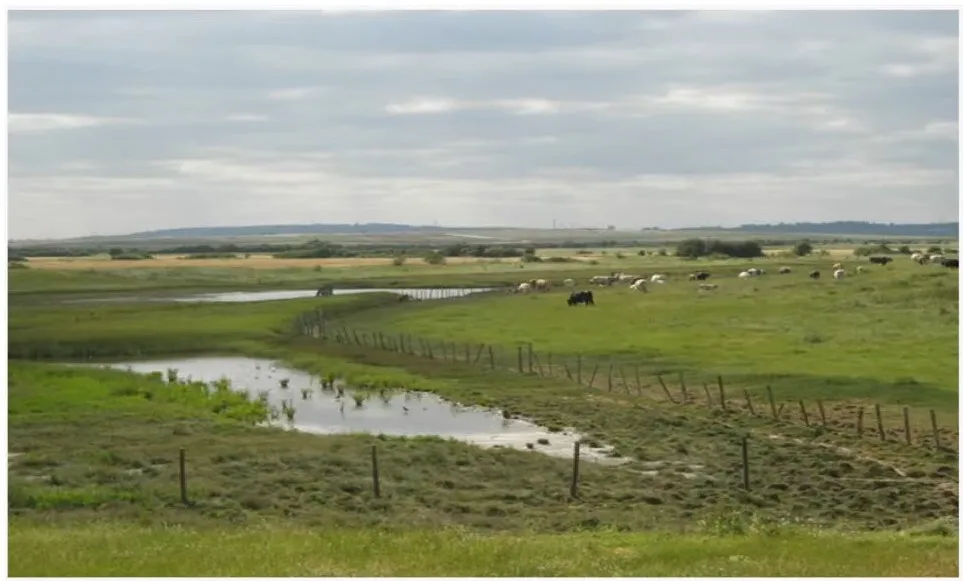
- A site on a low lying land is to be avoided, as it would lead to stagnation of water and also waste/rain water from neighbouring sites may flow into the site and stagnate.
- Similarly, a site on made-up soil or leveled land is to be avoided, as, over the years when the soil settles down, it may settle unevenly, which would affect the strength of the finished building.
- A plain, leveled site is easy to plan and does not pose any difficulty or challenge. Marking and laying of foundation could be taken up immediately.
iii) Shape and Size of the site
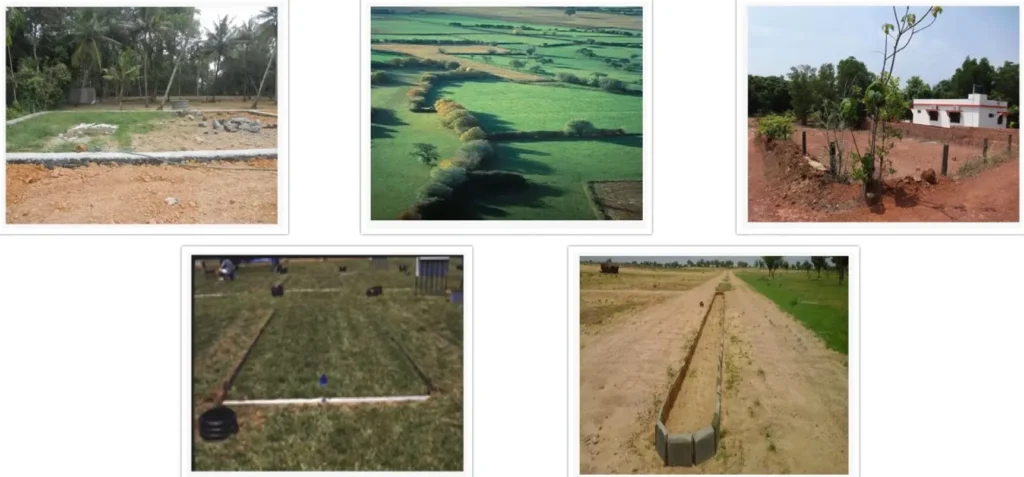
- For all practical purposes, the site should be of a regular rectangular or square shape.
- This would facilitate effective planning of the house, as most houses are either rectangular or square.
- As per vaastu, irregular shaped sites are to be avoided.
- If a site has an irregular shape, the odd side will have to be left and the house may be planned for the remaining site.
- Since this would result in wasting of area, which has been purchased, an irregular shaped site should be avoided.
- Too small a site and too big a site is also to be avoided.
- The size of the site must be in tune with the size of the family and the budget set aside for the purchase of the site.
iv) Nature of soil
- The soil should support a strong foundation and facilitate growth of vegetation.
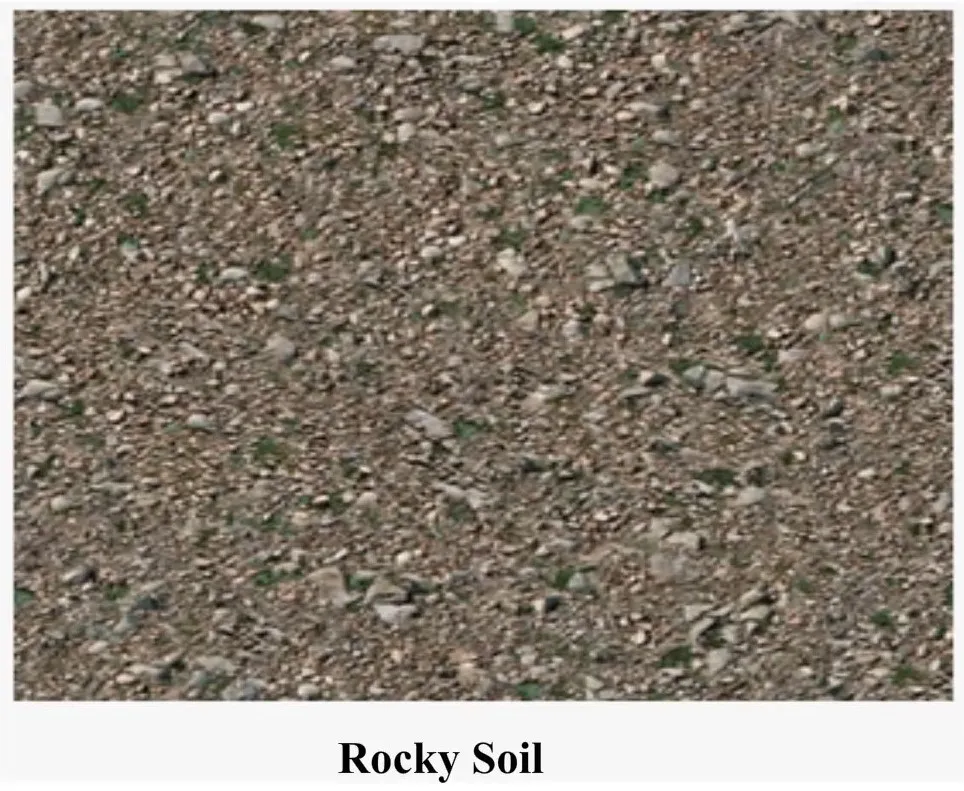
- Rocky soil is strong, but, may involve high expenditure on excavation of the rocks.
- However, thedug out rocks may be used in the construction.
- Rocky soil supports the foundation well, but on such a soil, ground water may be available at great depth.
- A rocky soil also presents new opportunities in planning the house.
- One may design a house with split levels of different living areas.
- It may also lend to planning of duplex houses.

- Black cotton soil and red clay soil are not very ideal because, during rainy season, they would absorb water unevenly, and dry unevenly, which might result in vertical cracks in the walls.
- However, they might promote growth of vegetation around the house.
- Hard murum soil, sandy soil and gravel soil are good enough for house construction.
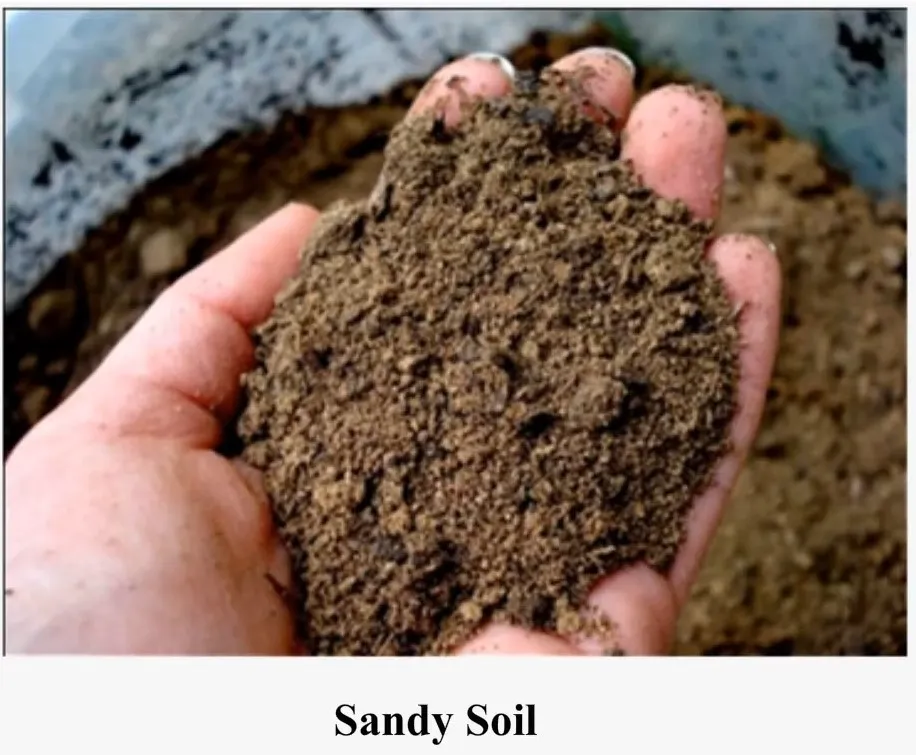
- In present day construction scenario, when the soil is clayey, one preventive measure which is adopted by civil engineers is, to lay reinforced foundations.
v) Vegetation

- The site should be observed for presence of vegetation.
- Existing old fruit-yielding trees like a mango tree may be an asset.
- Lush green grass on the site may indicate the fertility of the soil and one would be able to plan for a garden on the site.
- If the site is totally bereft of any greenery, it may not lend itself to any elaborate garden planning.
vi) Access to road

- The site must have free access to a road of 20’ or 30’.
- This would allow free movement of vehicles and also in times of house shifting, etc., heavy vehicles would be able to reach the house.
vii) Ground water table
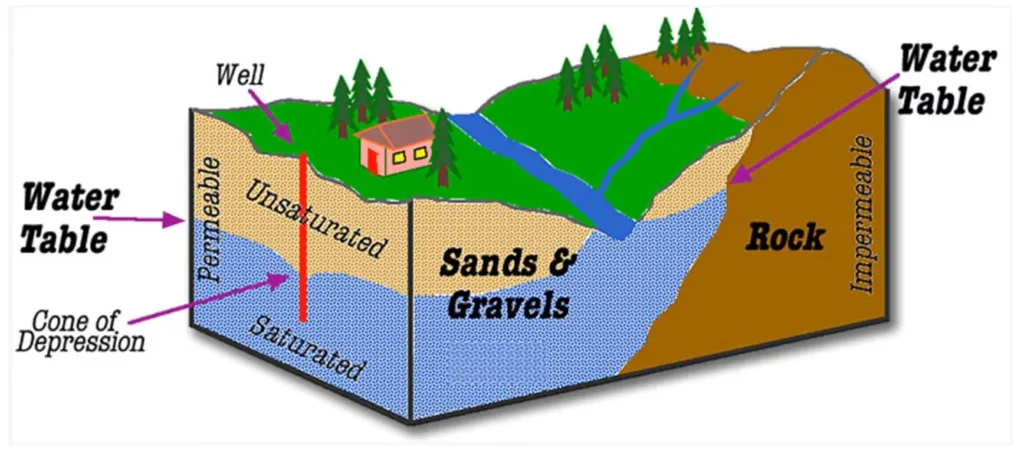
- Before finalizing on a site for residential purpose, one needs to ascertain the position of ground water table in that area.
- Present day construction depends largely on ground water.
- Hence, the depth at which ground water may be available should be known.
- It should neither be too low nor too high.
- While the former may mean more expenditure on drawing water for construction and future use, the latter may result in striking water even while digging for the foundation.
- This data may be obtained by consulting the local soil scientists.
- It may also be a safe measure to know if the land was a flood plain, which would indicate the risk of the site getting flooded in the event of heavy rainfall for more than 10 hours or a day.
- Many a time, sites are developed from lands which would have been natural water bodies, such as tanks or ponds, which would have dried up in course of time.
- So, there is a need to ascertain if the site is not from one such land.
viii) Vaastu

- The orientation of the site is an important factor as it would ensure availability of sunlight and natural breeze.
- Presently, vaastu is also being given importance with regard to the orientation of the site.
- A site with eastern and northern orientation is generally considered ideal.
- A site should have a free access to natural light and breeze.
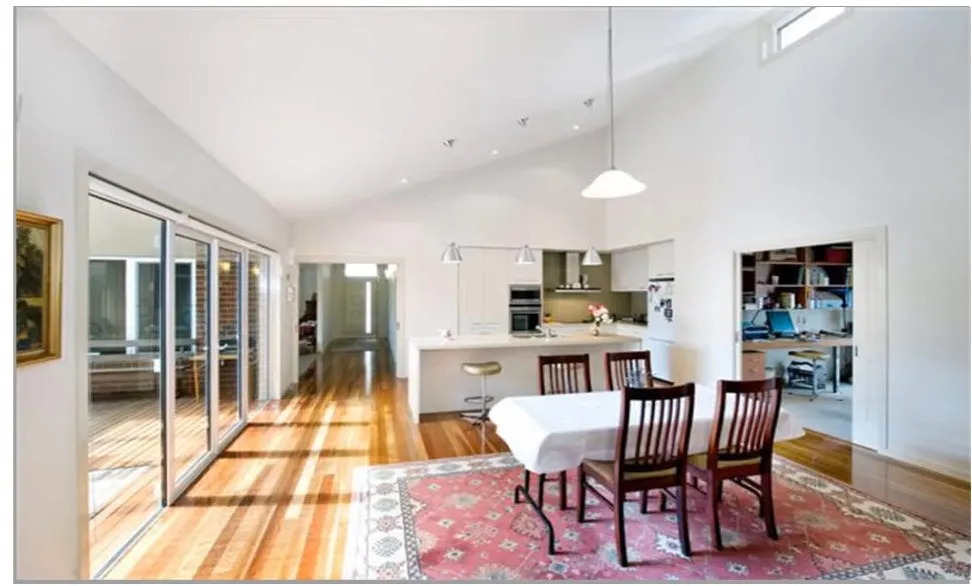
- If on either side of the site, there is a pre-existing multistoried construction that would block the flow of light and breeze from that side.
2) Amenities/ facilities/utilities near the site
- While selecting a site for house construction, one needs to check for the availability of certain utilities, facilities and amenities. This would ensure comfortable day to day functioning.
- The amenities and services which would contribute to the smooth running of a household are…..
- Protected water supply by the local government (panchayat, municipality, corporation) (Image of water supply through pipes)

- It must be enquired from the seller or his agent if drinking water supply by the municipality/ corporation/ panchayat is existing in the area where the site is located.
ii) Proper underground/surface drainage of waste water/sewage
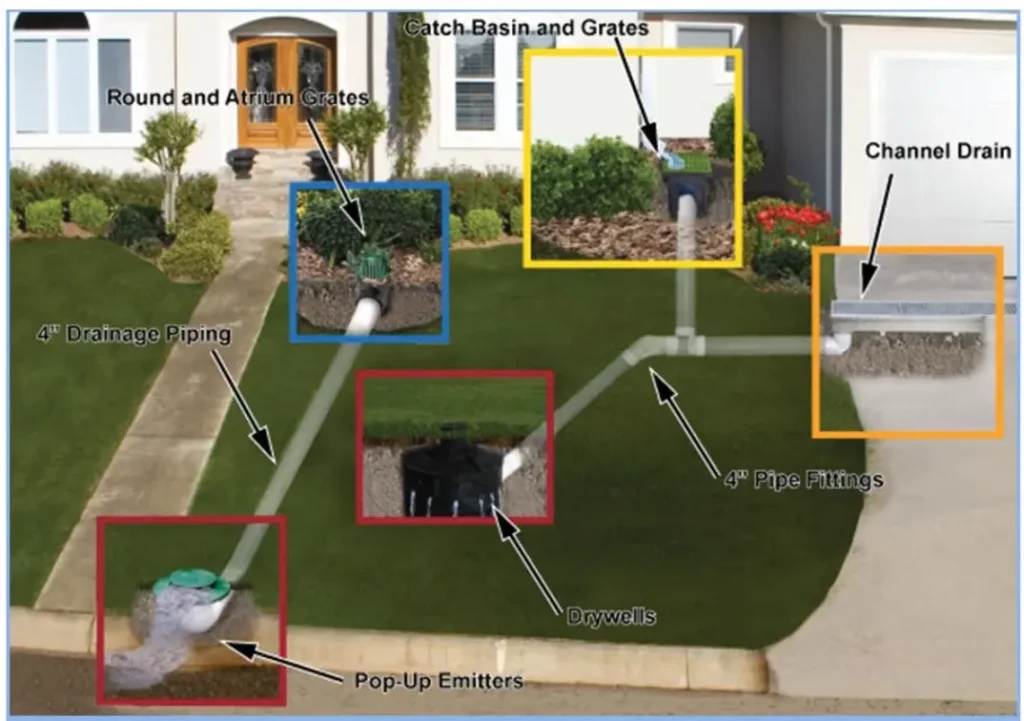
- One must find out if the area is covered by the underground drainage sewers, which are further connected to the main city sewers.
- If this is not present, then the owner may have to plan for a septic tank for sewage disposal.
- Even if the underground sewage lines are not laid out, one must physically try to know if there are wastewater ducts running on the streets, for the disposal of wastewater from the kitchens and bathrooms.
- If they are not seen, it might imply that the wastewater from the house would be flowing on the street, which is an eyesore.
iii) Well laid out roads
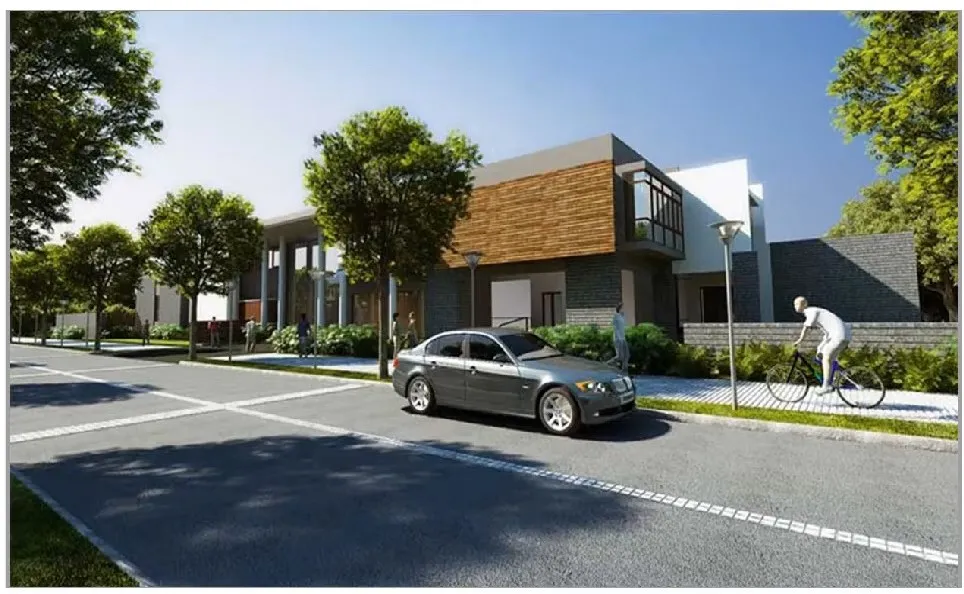
- It must be seen if the roads connecting the site are metal topped or cement topped.
- Mud roads are an indication of the level of development of civic amenities.
iv) Uninterrupted/good quality power supply

- While inspecting the site, one may observe if electrical lines have been laid for residential power supply.
v) Availability of outlets selling provisions/other supplies in proximity

- Once the house is constructed, and the family starts living there, there would be a need for provisions, vegetables and other supplies of daily need.
- It should be seen if there are outlets selling those supplies at a walking distance.
- Many a time developers market plots where such facilities may not be there.
- It is for the buyer to verify if they are present.
- Distance from the outlets should be assessed in terms of the time taken to reach them, by foot or by vehicle. Stores selling medicines and medical supplies may also be needed by families.
vi) Community facilities like a playing ground/park for children/elderly

- A playground or a park in the neighborhood would be a good feature.
- It would allow the children and the elderly to spend some time leisurely and also to interact with others of their age group.
- If one is considering buying an apartment, then one may enquire if a play area for children is being ear marked by the builder.
- It is being observed in the contemporary scenario that a walking track is being planned by builders and developers.
- A health club or spa in the neighborhood would also be a welcome feature.
The facilities to be looked for, though not compulsorily, near the site are…
- A bus stop/metro station/subway station at a reasonable walking distance

- Proximity to school for children and place of work for at least one of the members, the head of the family or home maker if she is gainfully employed.
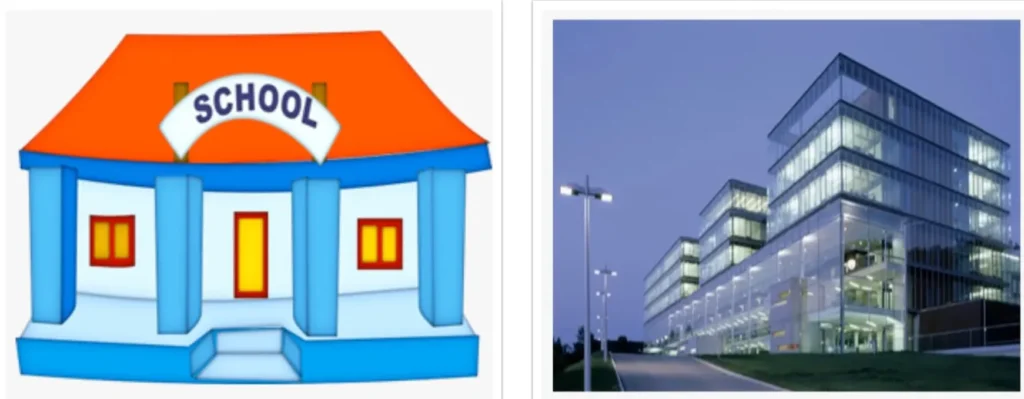
- Reasonable reach to railway station/bus station

- Closeness to shopping areas
- In order to ensure most of the above, one may look for a site in an already developed/developing locality.
- In case it is highly expensive, one may look for a piece of land from an area which has a reasonable chance of developing in the near future.
- It might call for a calculated risk in forecasting the rate at which an area/locality may develop.
- A safe option may be to buy a plot from an area which would have been developed by the local municipality/corporation.
- When a municipality/corporation acquires land and develops it, the buyer may rest assured that the site would be well developed, have electrical and drainage facilities and the roads and connectivity would be good.
3) Other Features
- The other features that one might look for while selecting a site for residential purposes would be:
i) Neighbour hood

- The site should be selected in an area where the socioeconomic status of the neighbours is similar.
- This would ensure play companions for children and also social acquaintances for the adults, from similar background.
- Otherwise, one might end up feeling like “an odd man out” or “a small fish in a big pond”.
- Such a condition may come in the way of day to day living, observation of occasions or celebration of functions.
- Sometimes, if a plot is purchased when the area has not developed, the site may later develop into a colony of settlers or a slum or high-rise buildings.
- In any of these cases, the neighbourhood may not be to one’s liking.
ii) Busy market areas
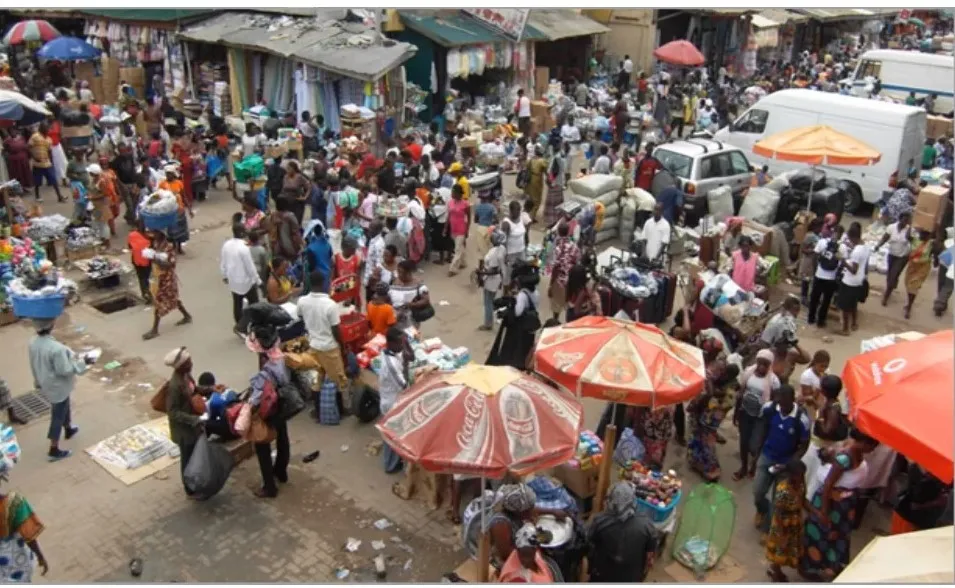
- A site near a busy market should be avoided, as the roads would be busy most of the time, noise may be a nuisance and security also could be endangered, as, all kinds of people and vehicles would be coming to the market.
- Heavy vehicles coming for the market may block the roads and dust pollution would also be high.
- Children and the elderly members may be forced to remain indoors, as the roads may not be safe, with heavy traffic.
- Similarly a site near a busy function hall or a cinema theatre may also pose a nuisance, since the roads would be busy constantly and there may be noise pollution.
iii) Dumping yards
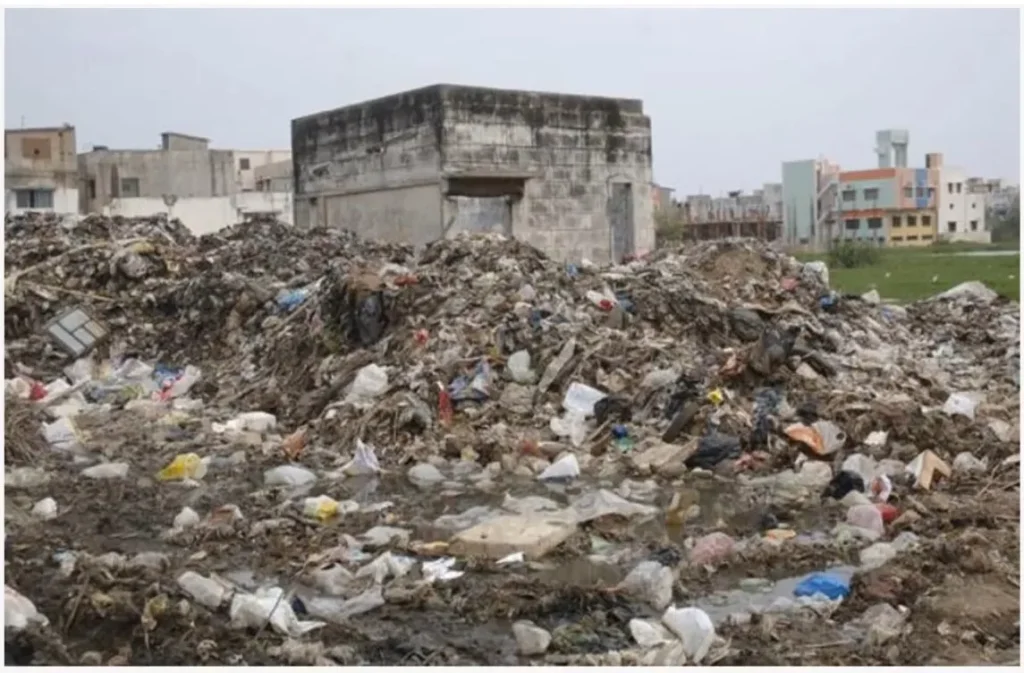
- If there is a dumping yard very near to the prospective site, a better decision would be to avoid it.
- A dumping yard besides being a sore sight, would also lead to rodent and other pest problems.
iv) Burial ground
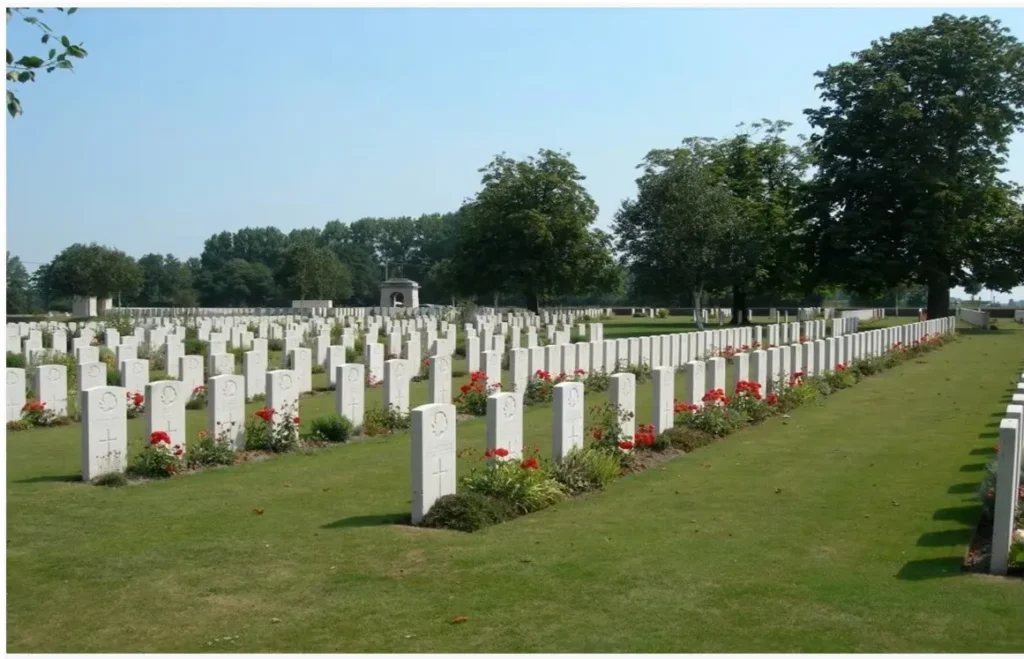
- A site in the immediate neighborhood of a burial ground is avoidable because of the unpleasant sights and also the smoke and dust emanating from the place.
4) Legal and Economic Issues
- While buying a plot, one must not spend more than 30% of the budget set aside, on the site. If the site itself consumes a major chunk of the budget, one might not be left with enough funds to complete the house construction, and subsequently the house construction may get delayed. If the area around the site is not developed, the amount to be invested in the site should not exceed 10%, since the cost of development would also have to be borne by the owner of the plot.
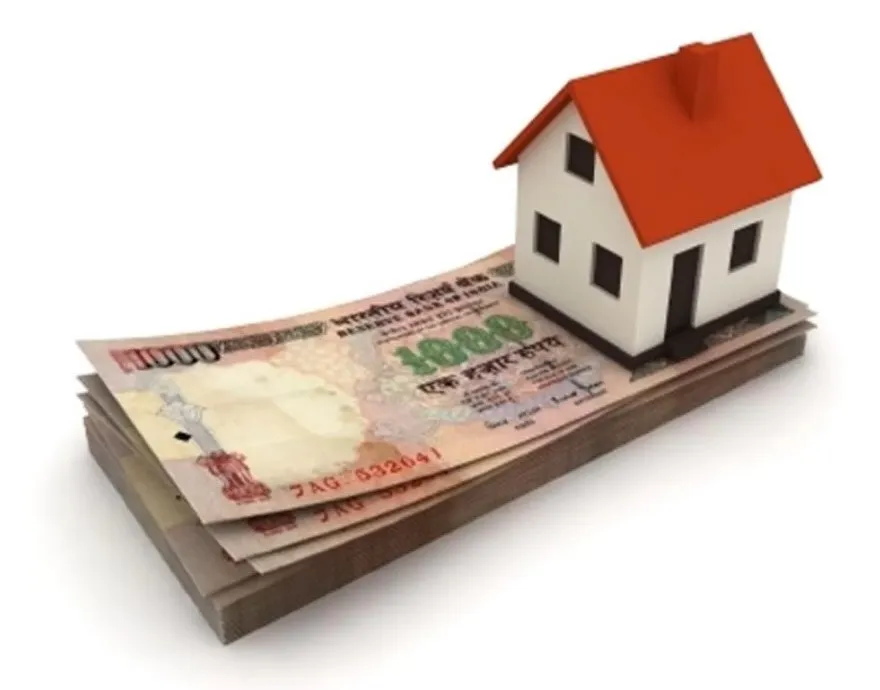
- An important issue not to be overlooked is the title of the site. The site must have a clear title and one must examine if the documents pertaining to the ownership and transfer of ownership are available and original. Before making the decision, one may enquire and get to know about these details from the local land revenue/ municipal office. This would rule out future litigations and complications about the title of the site.

- If one is planning to buy a plot by taking a loan/advance from a financial institution, then, it becomes mandatory to check if the site selected would qualify for obtaining a loan. By consulting the concerned bank/financial house representative, this would be clear.

- Before making a purchase, one needs to have clarity about the local byelaws governing house construction. The byelaws would govern the features such as setbacks, the height of the finished building and other features. In addition, one needs to also enquire if the plot is in a residential zone.
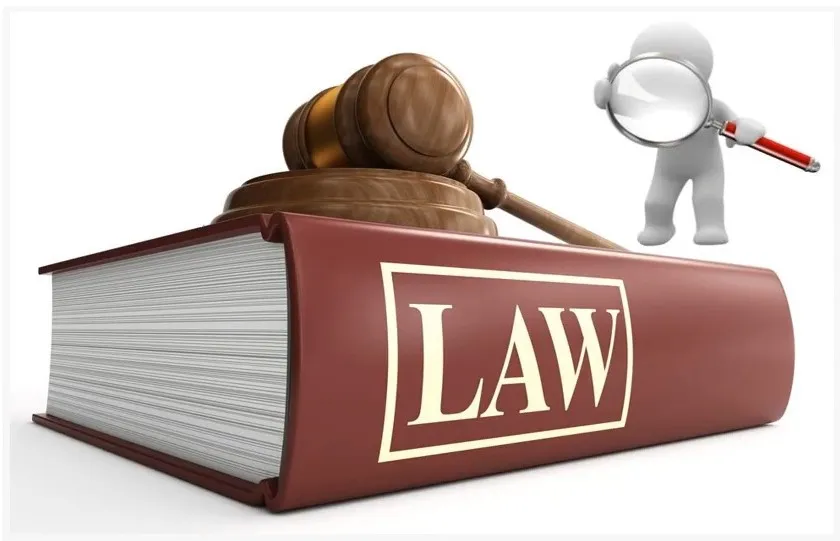
Summary
It may seem a herculean task to identify a site with all the above qualities. It may not be possible to identify a site which satisfies all the desirable features.
However, one needs to prioritize and come to an understanding as to which factors are more important and which may be overlooked, depending on the demands and resources on hand.
The most important factors could be the location, a clear title, level of development and scope for future growth. It becomes imperative because the purchase of site is a big financial investment.